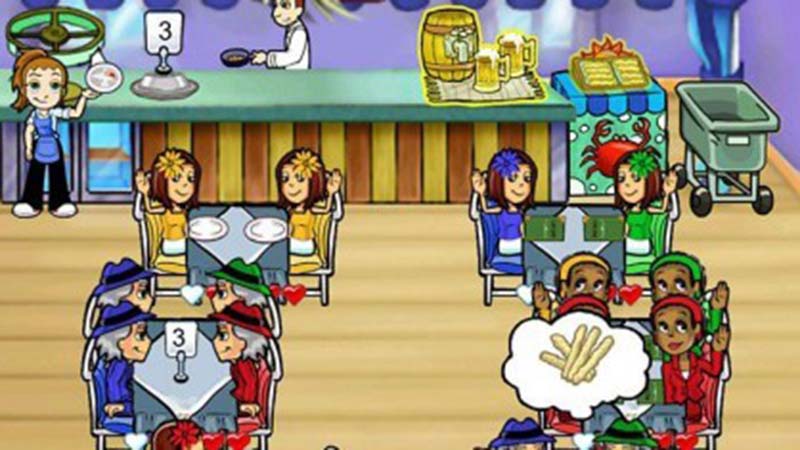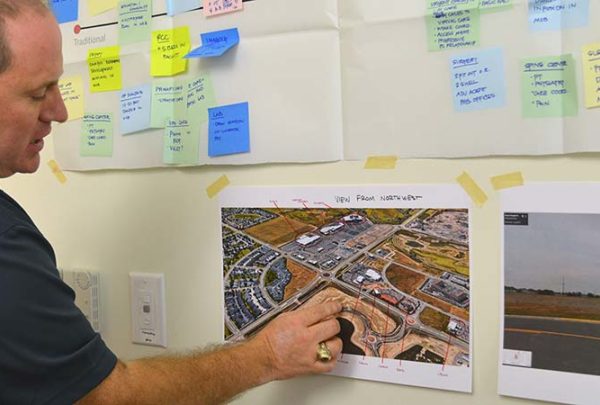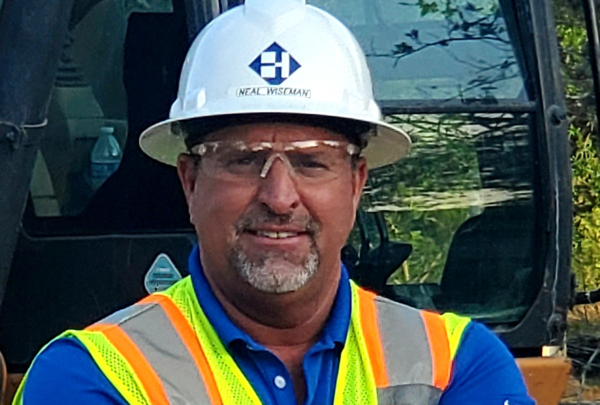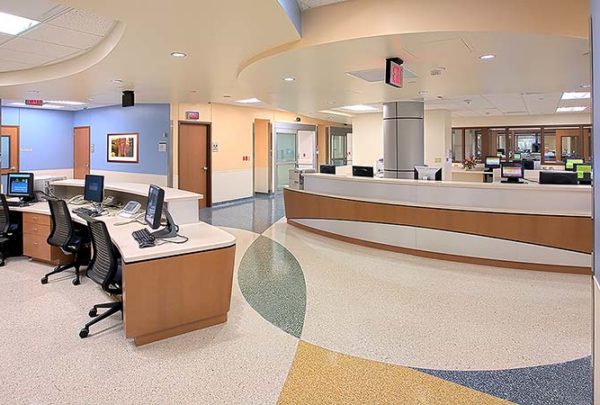Like most people, within hours of purchasing my first iPhone, I discovered game apps. Since that time I have spent entirely too much time playing them. One game in particular, Diner Dash, has taught me some valuable lessons about optimizing emergency department throughput.
The basic premise of Diner Dash is that Flo, the proprietress, acquires a run-down diner after leaving the rat race of the business world. If she succeeds at making her first few customers happy with good service and brings in more business, she can upgrade the décor and make a go of her new enterprise.
Flo earns points for good service. As she earns enough points to advance to the next level, the game’s pace picks up: more customers arrive, and more skill is required to keep these customers happy.
Diner Dash is a successful example of gamification to teach not-particularly-interesting-but-necessary life lessons, in this case time management tools. After countless hours playing Diner Dash, I realized that the skills needed to succeed at the game are the same skills my hospital clients need to improve patient flow and plan future space. In fact, I could easily say that playing Diner Dash can teach anyone the general principles of flow important to efficient patient care. Especially in an emergency department.
Match capacity to demand
Flo has a restaurant full of “2 tops”, “3 tops”, and “4 tops”, or the number of seats at a table, and she matches arriving customer party size to table size. A mismatch in party size to available tables causes a lack of space for incoming customers. Also, customers waiting less time may get seated more quickly, making other customers angry and causing the player of Diner Dash to lose points.
This sounds a whole lot like an ED waiting area and triage queue where the Triage RN is trying to determine a patient’s acuity, and may bed a patient that has been in the department for less time, or bed a patient in a space not suited for that patient’s care. In each case there is not appropriate capacity available when it’s needed. And we get angry customers.
We can improve service for customers, or patients, when we can plan for the right number of seats at the right table size ahead of time. A triage nurse can proactively plan “a bed ahead” for placing the next arriving patient in the right bed, based on presentation.
Improve “Door to Order” with Parallel Processing
A player wins more points when Flo is directed to take food orders to the cook sooner. If she seats a party, and gets their order in before seating another party, then she has delayed getting orders for the second party. Even though the first party would get their food more quickly, the second and subsequent parties would receive theirs more slowly. The game encourages the player to get Flo to chain together like activities that expedite all customers’ food orders.
In an emergency department, a patient arrives and seeks treatment. Our activities should focus on expediting a patient to a provider and getting orders generated as quickly as possible. If we know it’s going to take a while to get the labs “cooking”, we need to start them sooner.
Encourage communication and staff rounding
Flo’s customers get testy and tip less when she doesn’t pay attention to their coffee cups. Players earn more points by directing Flo to visit each table to refill coffee cups in between seating people, taking orders, and delivering their checks.
In an ED, patient rounding offers another touchpoint to answer questions, assure a patient of progress, and see to their immediate needs and safety. A Journal of Emergency Medicine study found that rounding protocols “reduced LWBS by 23.4%, leaving AMA by 22.6%, falls by 58.8%, call light use by 34.7%, and approaches to the nursing station by 39.5%”.
You probably won’t get a tip for rounding, but you will facilitate improved outcomes and patient satisfaction.
Focus equally on getting customers into and out of the system
Ultimately, serving the most customers attentively in the shortest amount of time produces the most points. In Diner Dash it is just as important to expedite a customer’s paying and leaving as it is to seat waiting customers. If a table isn’t immediately available and a customer has to wait for Flo to clear one in order to be seated, the customer gets angry and she loses some of her tip. In Diner Dash, Flo can’t just add more tables to the floor to seat more customers; she has to make way for new customers by prioritizing the dispatch of those ready to leave.
In an ED, the temptation to add hallway beds for new arriving patients is often couched in the need to ensure patient safety. However, if staff prioritize getting discharged patients ready to go, then beds are more likely to be available when they are needed, and no hallway stretchers are required.
Use visual cues and alerts to support good processes and assist with multitasking
In Diner Dash a player is directed in the game’s play to pay attention to visual cues that indicate what to do next, such as when a customer is ready to order and ready to pay. A customer’s hand purposefully waves a check, and Flo is directed to take care of a payment so that the table can be cleared. For staff taking care of patients, knowing when an order needs to be completed or when a patient is ready to go home often means constantly checking a computer system. And if a nurse is doing many things at once, there often simply isn’t time to even remember to check. Staff are more apt to stay on top of patient flow when they are aided by alerts and visual cues that don’t require they go in search of a patient’s status to know what to do next.
Have you ever tried Diner Dash? If you work in an emergency department you may be apt to see more parallels than I did. What others did you find?







































































































